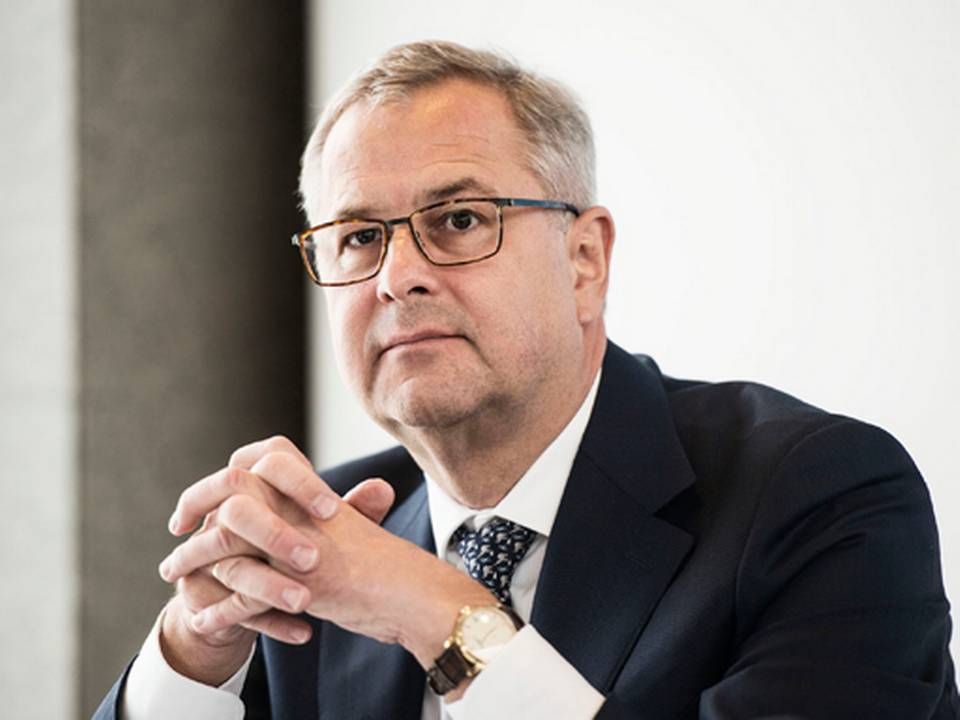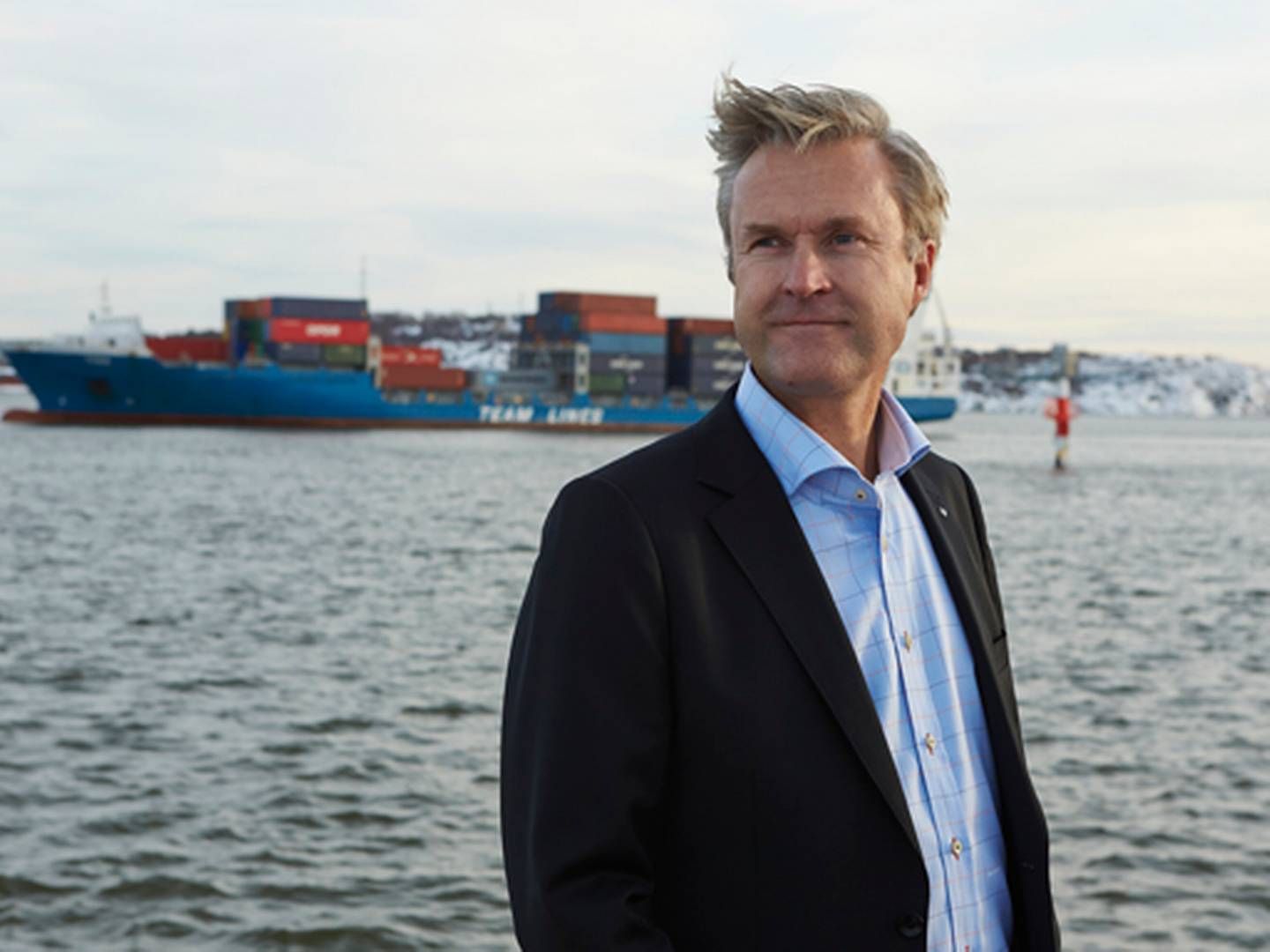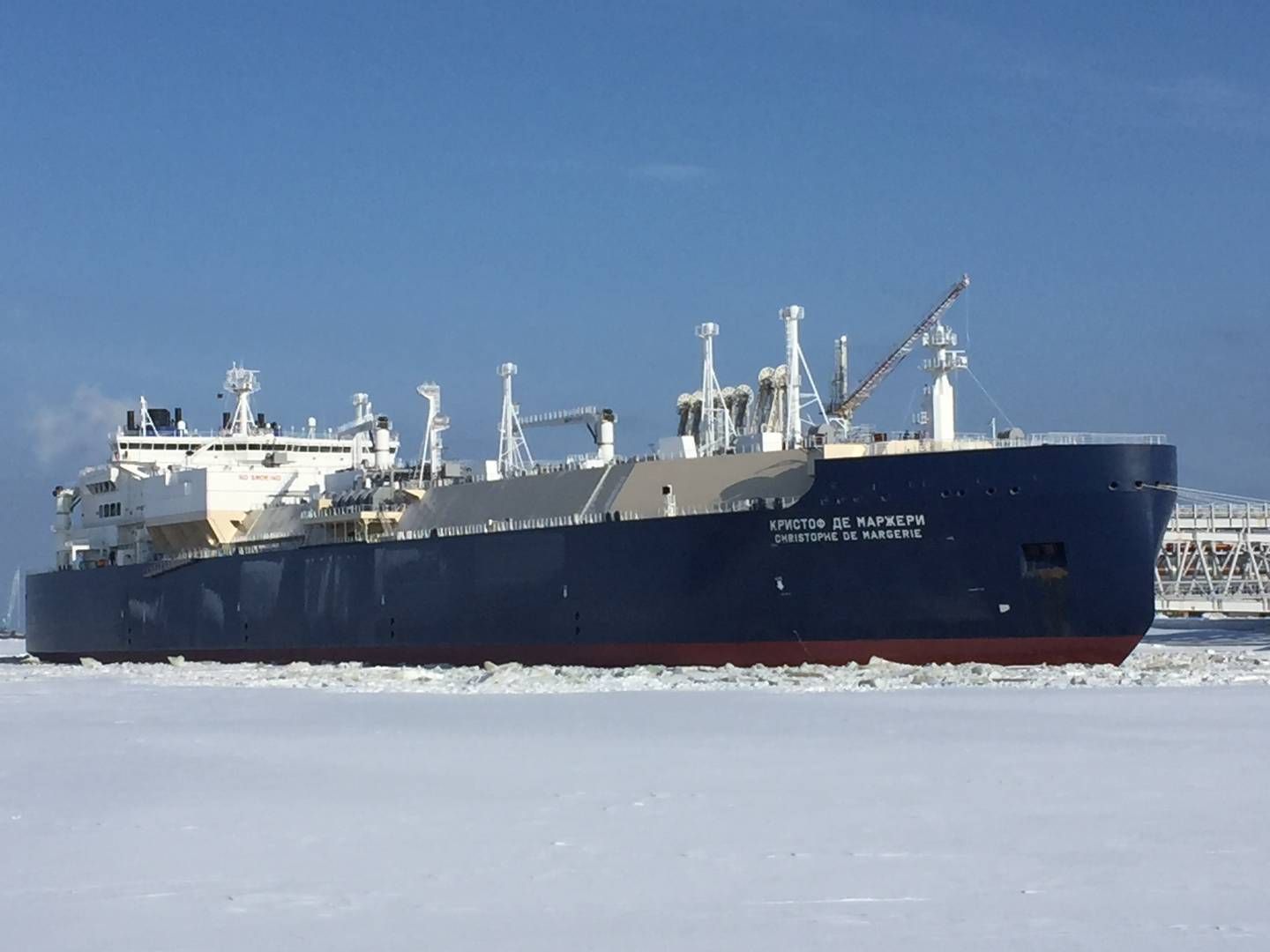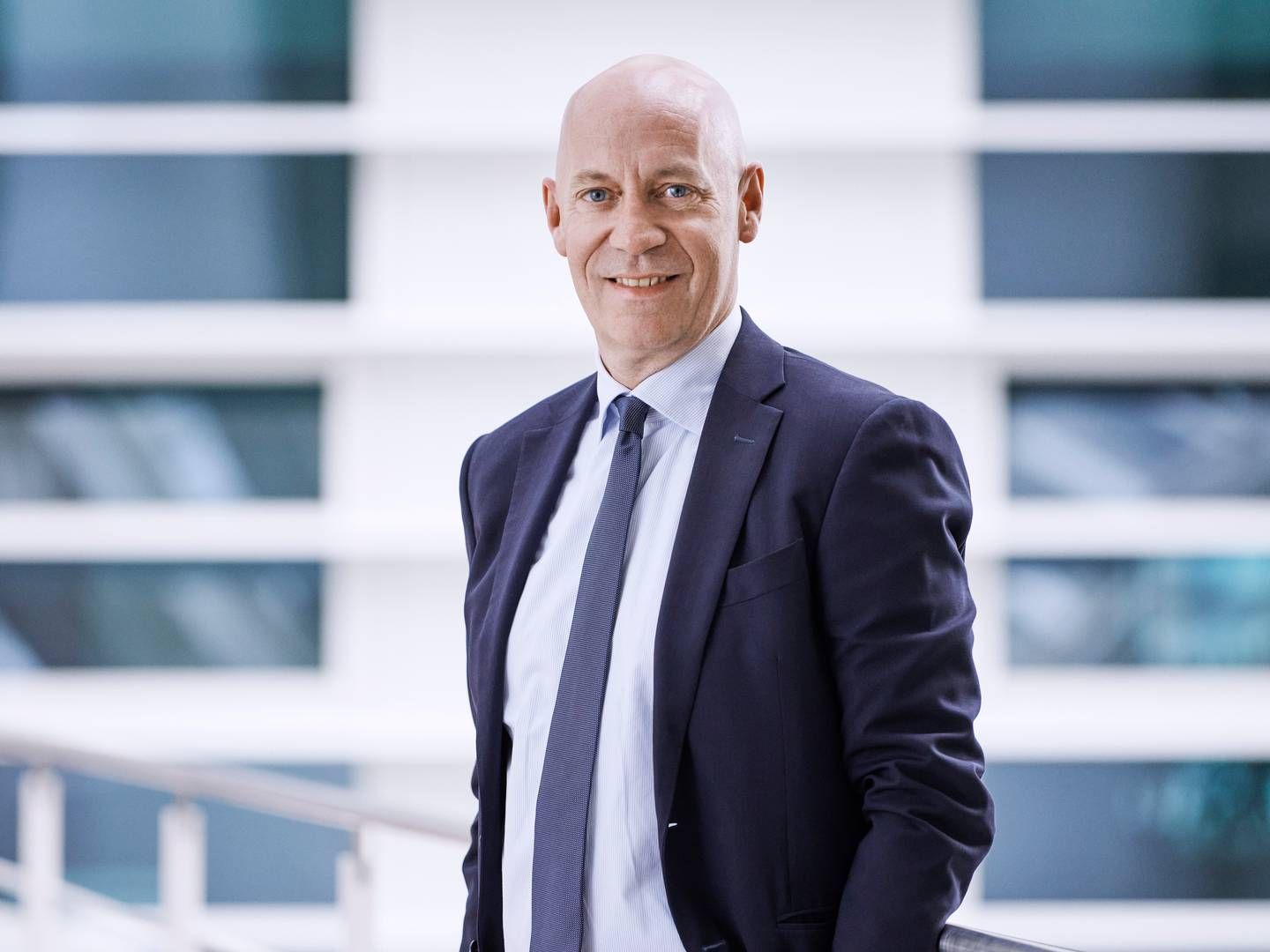"We have a serious problem if utilization stays like this"
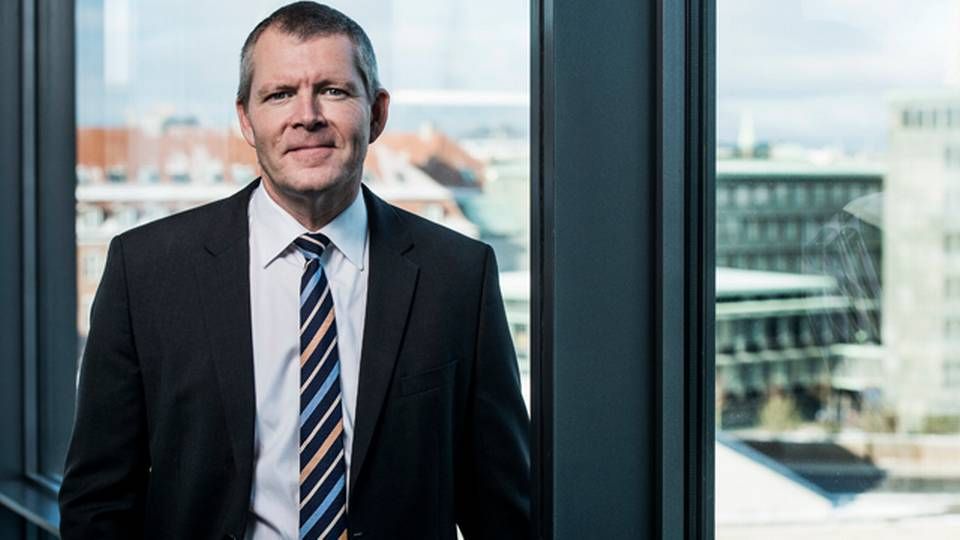
THE HAGUE
Together with Maersk Line CEO Søren Skou, Morten Engelstoft, CEO of APM Terminals, makes up the executive duo which de facto has been handed the ambitious assignment to head the fundamental transformation of the diversified Maersk conglomerate into a pure transport and logistics player.
No more and no less.
Together, the two companies represent the very axis of the future business idea of Maersk, which will be entirely within the container industry. Carriers, ports, manufacturers, logistics and towage. As such, right now, any comment from or developments at APM Terminals are subject to careful scrutiny – as are any market indications from Maersk Line.
Crucial company
CEO Morten Engelstoft began his work at APM Terminals almost a year ago when Søren Skou picked his old comrade from the liner business to replace Kim Fejfer to head one of the two companies which will virtually make the difference between success and failure in Maersk's new Transport & Logistics strategy.
So far, 2017 has been challenging. Engelstoft has had to book two surprisingly big impairments, each of which illustrates a market of ports and terminals which is not progressing as the CEO had hoped. In the latest quarter, impairments totaled USD 347 million, which came in the wake of other impairments in the second quarter this year of USD 250 million. Both measures have been attributed to the same factor, namely that developments in a few ports in certain markets are not going as originally expected when projects were initiated.
Values adjusted
Morten Engelstoft does not want to elaborate on which ports are dragging down the result of APM Terminals, nor if it is more a matter relating to developed or underdeveloped countries or regions. One could be Gothenburg, which is still noting the impact of two years of labor conflict. No matter what, the ports have experienced growth which is slower than expected, or, the growth scenario looks darker today than yesterday, and the value of the assets has been adjusted accordingly.
"We have had to write down the value in certain locations, and I do not expect more in the foreseeable future. The impairments reflect the levels of volumes and rates which are well below what we expected when the projects were initiated a few years back. When you see the changes that have happened in the industry, this is not entirely surprising. Customers organize differently and the pricing power of the alliances has changed," explains Engelstoft.
He believes that the changes are so fundamental, that he talks about "a whole new market scenario" and a different demand-supply picture compared to just a couple of years ago.
Utilization down
This is also what has created the probably most severe challenge for APM Terminals for years. The utilization rate at APM Terminals' ports is too low, 64 percent, or far from where it should be. A year ago, it was 70 percent. Morten Engelstoft works with the aim to raise the utilization rate substantially. He believes the rate must be lifted to "at least the mid-70s or late 70s over time" meaning that much more volumes should be managed by APM Terminals in the years to come.
What if the utilization rate remains at 64 percent?
"We have a serious problem if it stays like this. There are positive pockets around the world and pockets which are loss-making. However, we must win more business. We are working hard to achieve this, and we've succeeded during the last 12 months," Engelstoft says.
According to the CEO, this year in APM Terminals, the company has won 24 new deals and lost seven, the majority of which were due to the new alliances. More than half of the new services come from non-Maersk Line carriers, a fact which is important for APM Terminals to demonstrate, as some third-party customers have been concerned that APM Terminals would weaken its service following the closer link with Maersk Line in the new T&L business.
Maersk Line is by far the largest customer, and together with Hamburg Süd the carrier will represent an even bigger potential for APM Terminals. The strategy of T&L is to have more of Maersk's containers handled at its own port and terminal operator, and this will contribute volume. This year alone, so far, Maersk Line has added six percent more volume to APM Terminals.
The crucial part is how much more business can be gained.
"I do not want to put a specific number on how much business we should win. But it has become more important for us to grow in terms of volume, revenue and profit, so customer relations is key priority today," says Engelstoft.
Søren Skou: It will take 3-5 years to build the Maersk we want
APM Terminals hit by massive impairments again
Conflict triggers worst-ever container result for Port of Gothenburg
Related articles
DP World beat expectations in third quarter
For subscribers

